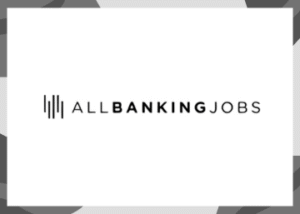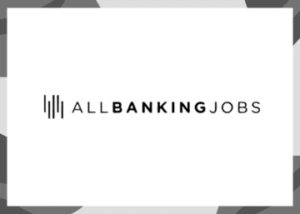Relieving Community Banks from Unwritten Capital Rules
As the current U.S. administration and the Federal Reserve push for deregulation, with a clear focus on loosening capital requirements for financial institutions, it’s mostly large banks that have received attention. Modifications have been proposed for the enhanced supplementary leverage ratio (eSLR), the Basel III “endgame”, and the surcharge on global systemically important banks (G-SIBs).
Andrew Harrer/Bloomberg News
Community Banks Deserve Capital Adequacy Relief
However, it’s not just the large banks that need relief. Community banks, often overlooked, are equally deserving of capital adequacy relief. The good news is that the Office of the Comptroller of the Currency (OCC) recently announced a series of regulatory adjustments specifically for community banks, hinting at changes to the Community Bank Leverage Ratio (CBLR) framework.
The Unwritten Rules of Capital Adequacy
From the outside, relief for community banks may appear as a simple lowering of the minimum thresholds for the CBLR or Basel III capital ratios that define a “well-capitalized” institution. However, the real issue lies not with the written rules, but the unwritten ones. It’s these unwritten rules that often exceed the written minimums and are applied on a bank-by-bank basis. Examiners expect each institution “to hold capital commensurate with the nature and extent of the risks to which the bank is exposed.”
Addressing the Problem of Uneven Regulatory Expectations
The reality post-2008 is that regulatory expectations around capital adequacy have been uneven. Examiner philosophies vary by region, experience, and supervisory culture. Some regulators have leaned heavily on informal “rules of thumb”. For instance, one regional office of a federal agency persistently instructs banks with commercial real estate (CRE) concentrations to maintain a minimum leverage ratio of 10%, disregarding the bank’s individual risk profile.
Is There a Common Ground?
This has led to banks feeling that no matter how much capital they hold, it’s never enough for their regulators. The solution could be a shift in regulatory posture from “guilty until proven innocent” to “innocent until proven guilty”. This way, community banks could enjoy meaningful and deserved relief without changes to the written rules under CBLR or Basel III.
Defining Capital Requirements
The responsibility should then fall on each bank to define its own capital requirements, including how far above the written minimums it believes is necessary. These requirements should be quantifiable, supportable, independently validated, and regularly updated to reflect changes in the bank’s risk profile or external environment.
The Importance of a Defensible Framework
Community banks that challenge examiner expectations or CAMELS ratings without a defensible framework are on shaky ground. However, those that put in the work to build and substantiate their own capital adequacy case should be able to shift the burden of proof back to the regulators. This approach offers meaningful relief to banks that have earned it, provides regulators with the assurance they need, and avoids swinging the pendulum too far in the other direction.
For more details on this topic, visit the source link Here.






